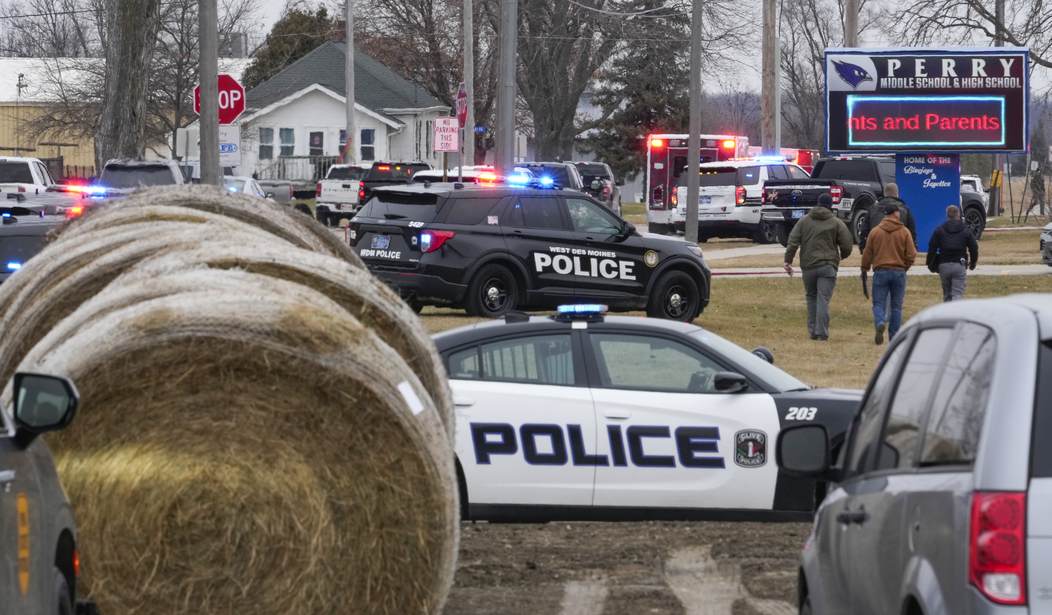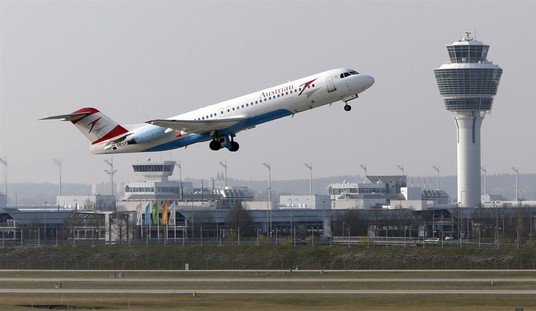The year 2023 saw record numbers of people being killed by law enforcement nationwide. The disturbing increase in instances in which police officers kill civilians is likely caused by a myriad of factors.
The question is: What accounts most for the rise in police killings?
The Mapping Police Violence Project reported that police killed 1,329 people last year. This represents a 19-percent increase over the past 11 years. In fact, the report notes that there were only 14 days in which someone was not killed by law enforcement.
The report also suggested a disproportionate impact of police violence on ethnic minorities, which continues to be an issue. Black civilians were about 2.8 times more likely to be killed by officers than whites between 2013 and 2023 and accounted for about 26 percent of these deaths.
This seems to suggest that much of the issue is due to systemic racism. However, there is likely something more at play here.
The report also notes an increase in the number of people in rural areas who are killed by police. Indeed, more deaths occurred in rural areas (26 percent) than in urban ones (24 percent). This could speak to a distinct lack of oversight in small towns and raises questions about transparency and accountability in these areas.
The murder of George Floyd was believed to be a watershed moment in the national conversation on police misconduct. It sparked protests and riots across the country. However, the movement did not result in the police reform that progressives claimed to be seeking.
Various news reports have focused primarily on the racial and police reform angles. Justin Nix, a criminal justice professor, told USA Today that "the only way to get this number down significantly would be to make more significant changes to, you know, what policing means in this country."
Chuck Wexler, executive director of the Police Executive Research Forum, pointed to a lack of training in de-escalation among police officers.
"They're working off of outdated, antiquated training," he said. "And until that training changes, and until the culture with it changes, that number is going to be way too high. We can cut officer involved shootings with the right training."
These factors are likely important to understanding the rise of police shootings. Each of them plays a role in increasing violent interactions between law enforcement and members of the public. But there was something missing from each of the news articles I read about this report: The skyrocketing crime rates that have been infesting many parts of the country over the past four years.
Despite what progressives want us to think, crime is still way up from what it was a decade ago. Some left-leaning outlets have tried to downplay this by pointing out that crime has decreased over the past year. But the crime rate has not dropped even close to where it was before the COVID-19 pandemic.
The bottom line is that when crime rates surge, it inevitably brings about more police engagement with potential criminals. The heightened number of interactions is sure to lead to more violent encounters in which officers are forced to defend themselves. Officers are more likely to use lethal force when confronted with robbers and violent criminals.
The report, like most others, does not indicate how many of these killings were legitimate cases of self-defense vs. examples of excessive force, but they do provide links to the news stories about each incident. I suspect most of these cases are actual self-defense. But as I’ve reported extensively, there are many cases in which officers use unjustified violence against suspects.
From where I sit, I would say the rising crime rates are likely the biggest contributor to this trend. In areas of the country that have officials who are more concerned with protecting violent criminals than the people they victimize, it is not a surprise that more officers are placed in positions in which they have to use deadly force.
However, this is not to dismiss the importance of training, transparency, and accountability, which appears to be lacking in many police departments. Cracking down on crime, along with ensuring that officers are held accountable when they overstep their boundaries, will cut down on the number of police killings. Unfortunately, there are far too many local governments that seem unwilling to do either of these things.













